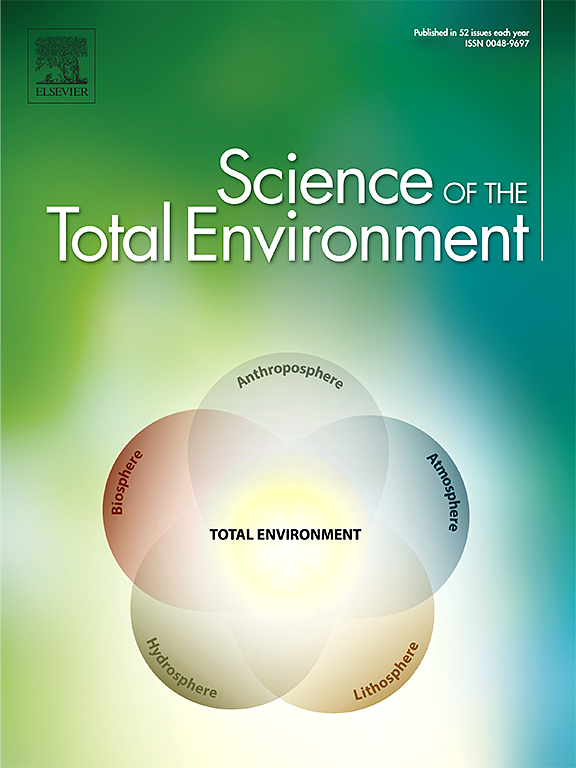Fungal and bacterial community composition and assemblage in managed and unmanaged urban landscapes in Wisconsin
IF 8.2
1区 环境科学与生态学
Q1 ENVIRONMENTAL SCIENCES
引用次数: 0
Abstract
Microbial communities play crucial roles in ecosystem functioning, yet their diversity and assembly in urban turfgrass systems remain underexplored. In 2017, microbial communities within 48 samples from managed turfgrass (home lawns, golf course fairways, and putting greens) and an unmanaged grass mixture in Madison, WI, USA were analyzed across leaf, thatch, rhizoplane, and rhizosphere habitats Intensive management, particularly in nitrogen-rich, sand-based putting greens, reduced fungal richness and diversity, whereas bacterial diversity patterns varied. Beta diversity analyses revealed distinct clustering: fungal communities differed most in unmanaged systems, while bacterial communities clustered within managed systems. Functional profiling demonstrated that bacterial communities maintained metabolic stability despite taxonomic shifts, while fungal communities showed dynamic functional responses to management. Furthermore, management practices also impacted microbial community assembly. Bacterial communities were predominantly shaped by neutral, stochastic processes, while fungal communities were more sensitive to management, showing deterministic, niche-based assembly and compositional shifts. These findings underscore the contrasting impacts of management on microbial communities and highlight the importance of sustainable turfgrass practices that balance plant health with microbial ecosystem functions. By linking microbial assembly processes to functional outcomes, this study provides insights for optimizing urban landscapes to enhance soil health and ecosystem resilience.

求助全文
约1分钟内获得全文
求助全文
来源期刊

Science of the Total Environment
环境科学-环境科学
CiteScore
17.60
自引率
10.20%
发文量
8726
审稿时长
2.4 months
期刊介绍:
The Science of the Total Environment is an international journal dedicated to scientific research on the environment and its interaction with humanity. It covers a wide range of disciplines and seeks to publish innovative, hypothesis-driven, and impactful research that explores the entire environment, including the atmosphere, lithosphere, hydrosphere, biosphere, and anthroposphere.
The journal's updated Aims & Scope emphasizes the importance of interdisciplinary environmental research with broad impact. Priority is given to studies that advance fundamental understanding and explore the interconnectedness of multiple environmental spheres. Field studies are preferred, while laboratory experiments must demonstrate significant methodological advancements or mechanistic insights with direct relevance to the environment.
 求助内容:
求助内容: 应助结果提醒方式:
应助结果提醒方式:


